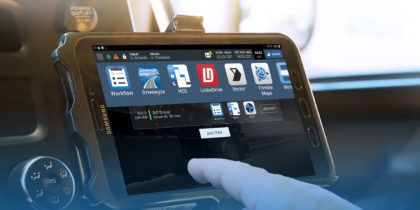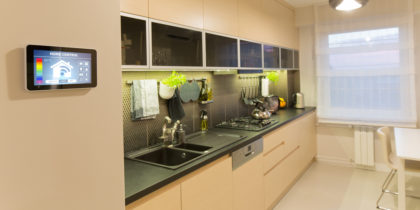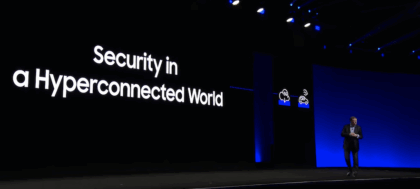Since its inception, the Internet has been a mainstay of not just modern society, but modern business. Businesses thrive on the latest, the new, and the now; and the Internet has evolved from a communication protocol connecting servers and computers, to a vast and varied ecosystem connecting myriad devices and sensors in what is now described as the Internet of Things (IoT).
Seamless connectivity among devices anywhere, anytime and in any conditions has improved living standards and created new business workflows and opportunities extending from professional to personal. By the year 2020, there will be approximately 80 billion connected devices within the IoT, according to Frost & Sullivan. New business opportunities continue to reveal themselves from real-time operational productivity to revenue growth, forcing IT departments to rethink end-to-end security and resiliency.
The IoT aims to make everyone more efficient by connecting “things” to the Internet in order to leverage data, improve and speed-up decision-making, and take advantage of opportunities as soon as they arise. These trends show no sign of stopping. By 2025, best-in-class organizations that extensively use IoT technologies in their products and operations will be up to 10 percent more profitable, according to Frost & Sullivan.
How can the IoT transform your business? Read Frost & Sullivan’s whitepaper highlighting successful use cases in six key areas: public safety, fleet management and transportation, asset tracking and tracing, retail payments, remote monitoring and control, and smart energy.
![Understanding How the Internet of Things Will Transform Business [White Paper]](https://s47295.pcdn.co/wp-content/uploads/2018/01/16484587572_6a1494d001_b-875x404.jpg)






